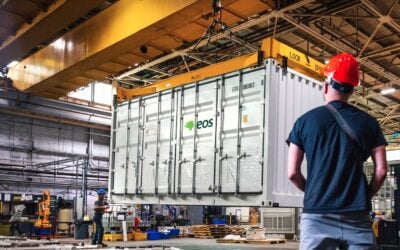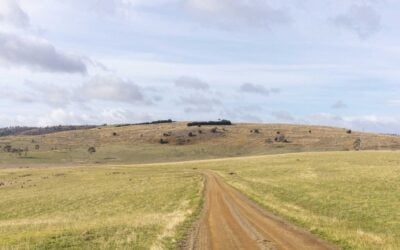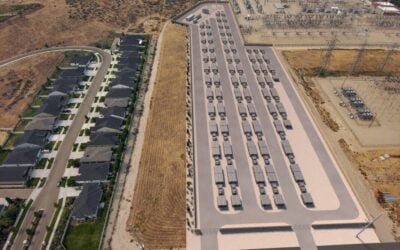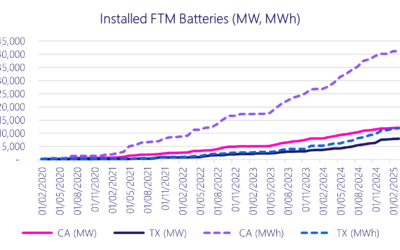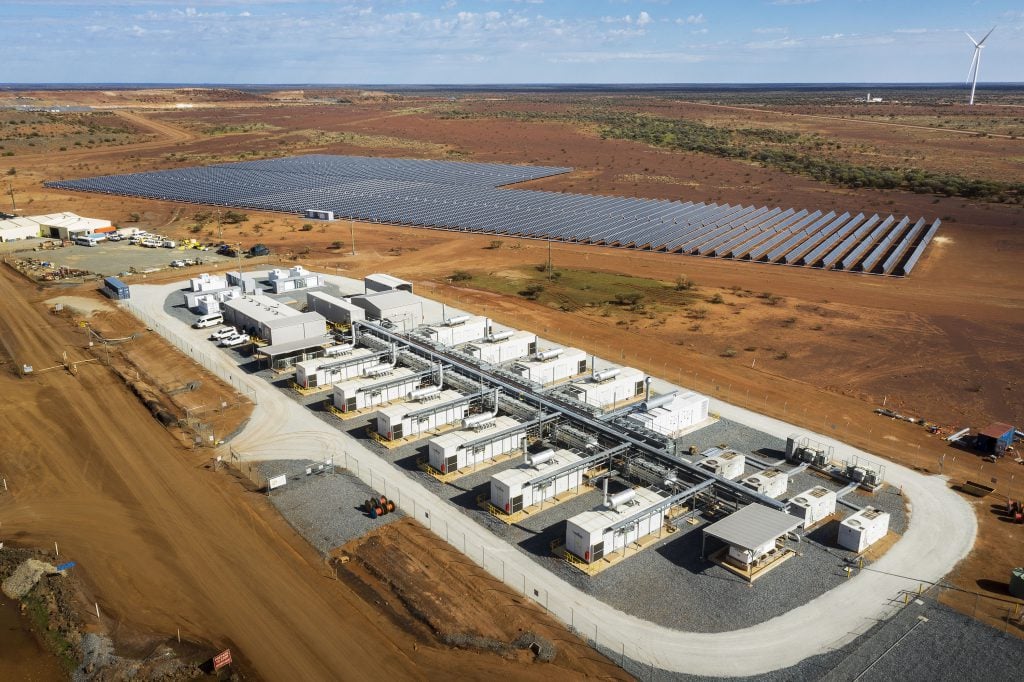
Western Australia’s Economic Regulation Authority has set the peak and flexible benchmark reserve capacity prices (BRCPs) at AU$360,700/MW (US$224,898/MW) annually from 2027-28.
The Australian Energy Market Operator (AEMO) will use these BRCPs to determine the payment to capacity providers to make electricity capacity available to Western Australia’s Wholesale Electricity Market (WEM). These are often set two to three years in advance, with last year’s for the 2026-27 period set at AU$230,000/MW annually, representing a 57% increase.
Enjoy 12 months of exclusive analysis
- Regular insight and analysis of the industry’s biggest developments
- In-depth interviews with the industry’s leading figures
- Annual digital subscription to the PV Tech Power journal
- Discounts on Solar Media’s portfolio of events, in-person and virtual
It is worth noting that the BRCP pricing is slightly above the initial ruling prices revealed last month when it stood at AU$354,000/MW.
Benchmark peak capacity providers are expected to be able to provide peak capacity at the lowest total annualised capital cost and annual fixed operating and maintenance costs.
Various factors often determine these, but this year, they have changed from 160MW open-cycle gas turbine peaking generators to 200MW/800MWh lithium battery energy storage systems (BESS) with a 330kV connection.
These must also be located in an unconstrained connection near Kwinana or Pinjar, both located near the state capital of Perth.
As required by WEM Rule 4.16.8, the 2025 BRCPs values are effective from 8am on 1 January 2025 and will apply to the 2027/28 capacity year only.
Peter Kerr, a former executive manager at Western Power, a network operator in Western Australia, and now managing director at ATA Consulting, highlighted that various industry members had expected the prices to fall due to the falling cost of BESS.
“Some have been expecting benchmark capacity prices to drop given battery prices have fallen, but so far, that hasn’t resulted. Albeit there is a yawning gap between energy supply and demand in out years as coal is retired,” Kerr said on LinkedIn.
“The increase is also interesting in the context of some battery and renewable developers not getting capacity this year because of a short-run surplus.”
Despite this increase in BRCPs, question marks still remain on the suitability of the Reserve Capacity mechanism and whether it is fit for purpose in the changing energy landscape in Western Australia.
Glen Ryan, managing director of energy consultancy Rytech Australia, said on LinkedIn that although the mechanism has served Western Australia historically, there is a need to decouple BESS from it and develop a new range of underwriting for seasonal swings and longer-duration reliance.
“BESS is an essential service for intra-day balancing of a predominate solar-based network like the WEM,” Ryan said.
“Whilst new entrants may have great costs to build and connect, others that are well established shouldn’t be exposed to future windfalls of escalating cost to new installations. The distribution across the Individual Reserve Capacity Requirement (IRCR) pool could be either weighted evenly across all users (current case) or incrementally applied to growth or new users with a blended weighting.”

